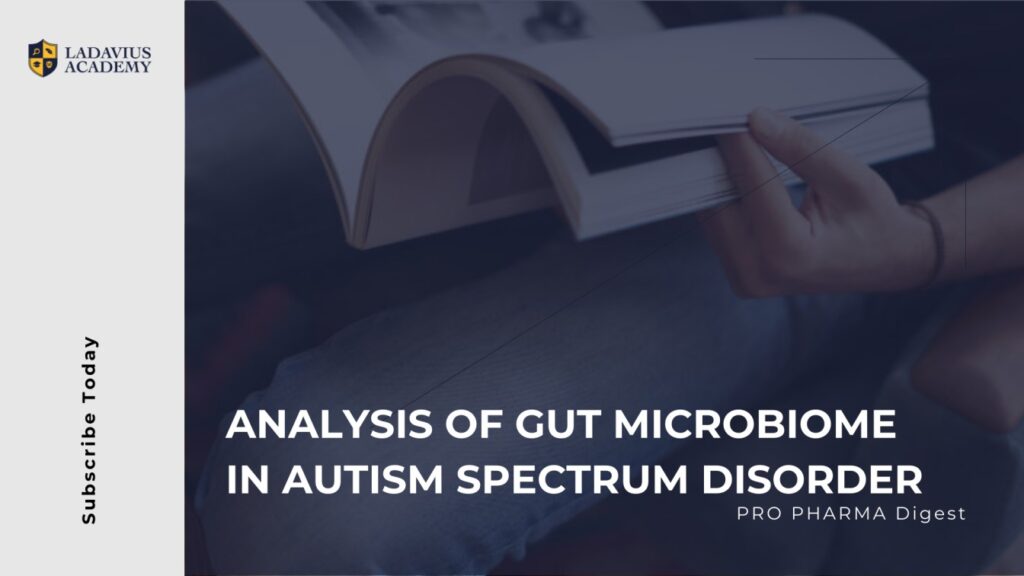Autism Spectrum Disorder (ASD) research has predominantly focused on alterations in gut bacteria. However, the roles of other microorganisms, such as archaea, fungi, and viruses, in the gut-brain axis have garnered recent attention. A new study aims to bridge the gap by conducting an analysis of the multikingdom and functional microbiome using over 1,600 metagenomes from five independent cohorts of children. The objective is to identify unique microbial signatures associated with ASD and to develop a robust, non-invasive diagnostic model.
Study Population and Ethics
Children under the age of 12, diagnosed with ASD or classified as neurotypical, were recruited from diverse sources, including psychiatric clinics and community-based programs. The study received ethical approval from the Joint Chinese University of Hong Kong-New Territories East Cluster Clinical Research Ethics Committee. Written consent was obtained from the parents of all participating children.
Sample Collection and Processing
- Sample Collection:
Faecal samples were collected using preservative media to ensure microbial DNA integrity during transportation. Upon receipt, standardized protocols were employed to extract DNA from the samples, followed by sequencing using the Illumina NovaSeq platform.
- DNA Extraction and Sequencing:
DNA extraction was performed using standardized methods to ensure consistency across samples. Sequencing was conducted using the Illumina NovaSeq system, providing high-resolution data for comprehensive analysis.
Findings
- Multikingdom Microbiome and ASD:
The study revealed that specific archaeal, fungal, and viral species, along with bacterial species, can distinguish children with ASD from neurotypical children. A diagnostic model comprising 31 multikingdom microbial markers demonstrated high predictive accuracy for ASD across various ages, sexes, and independent cohorts.
- Bacterial and Non-Bacterial Markers:
Several beneficial bacterial species, such as Streptococcus thermophilus and Weissella confusa, were found to be negatively associated with ASD. Additionally, microbial functional pathways, particularly those involved in ubiquinol and thiamine diphosphate biosynthesis, were identified as potentially contributing to ASD pathogenesis.
Robustness and Specificity of the Model
To address potential biases and the impact of confounding variables, a fully matched training cohort was constructed. The robustness of the diagnostic model was further validated against independent cohorts, including children with ADHD and atopic dermatitis. The model demonstrated high specificity, accurately distinguishing ASD from other conditions.
Discussion
- Impact of Diet:
The study accounted for dietary influences on the gut microbiome in children with ASD. Adjustments for dietary factors revealed that microbiome alterations associated with ASD persisted, indicating that these changes are not solely driven by dietary preferences.
- Limitations and Future Directions:
The study acknowledges limitations, including the inability to infer causality due to the cross-sectional design and potential unknown biases from the matching algorithm. Future research should integrate genetic markers with microbiome panels to enhance diagnostic accuracy and further explore the functional capabilities of multikingdom associations.
Methods
- Ethics Statement:
The research was conducted in compliance with ethical regulations, with protocols approved by the relevant ethics committee and informed consent obtained from parents.
- DNA Extraction and Sequencing:
Standardized protocols were followed for DNA extraction from faecal samples, which were then sequenced using the Illumina NovaSeq system.
- Data Processing:
Sequencing data were preprocessed to remove contaminants. Microbial taxonomic and functional profiles were assigned using Kraken 2 and Bracken. Associations between microbiome features and ASD were calculated using MaAsLin2, with adjustments for significant confounders.
- Machine Learning Model:
A random forest binary classifier was trained on the microbiome data, and its performance was validated using independent cohorts and public datasets. The model demonstrated high predictive accuracy for ASD diagnosis, offering a promising tool for non-invasive diagnostic applications.
Conclusion
The study presents a highly specific multikingdom microbial panel for non-invasive ASD diagnosis. The findings underscore the potential of microbiome biomarkers in clinical diagnostics and highlight the need for independent validation to confirm the clinical applicability of these markers.
For more detailed information, please visit: Multikingdom and functional gut microbiota markers for autism spectrum disorder
Posted July 2024.
Subscribe to our newsletter
Personalised by your preferences, subscribe to our newsletters to get the best of the Pharmaceutical Industry news in your inbox.
